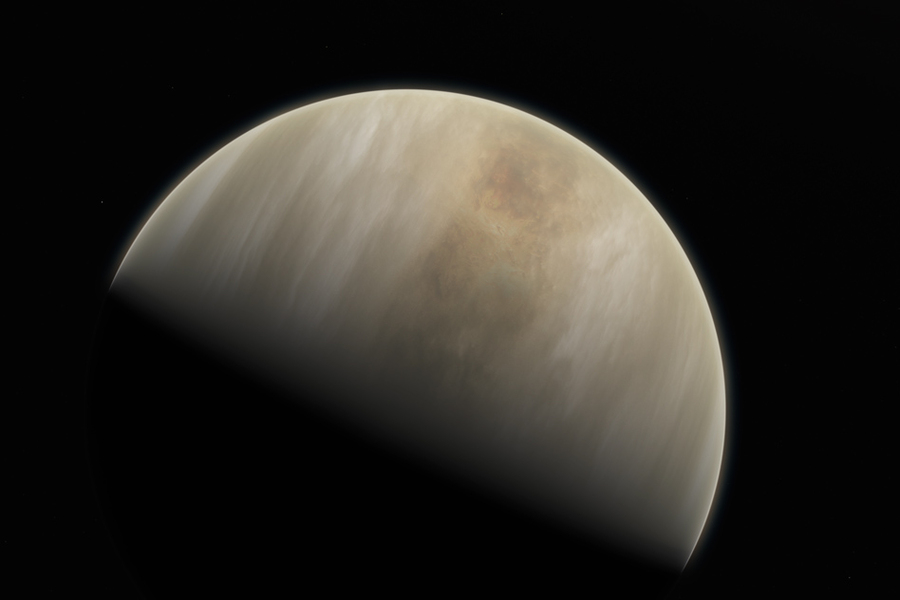Astronomers may have found a signature of life on Venus
15. 9. 2020 | MIT | www.mit.edu
The search for life beyond Earth has largely revolved around our rocky red neighbor. NASA has launched multiple rovers over the years, with a new one currently en route, to sift through Mars’ dusty surface for signs of water and other hints of habitability.
Now, in a surprising twist, scientists at MIT, Cardiff University, and elsewhere have observed what may be signs of life in the clouds of our other, even closer planetary neighbor, Venus. While they have not found direct evidence of living organisms there, if their observation is indeed associated with life, it must be some sort of “aerial” life-form in Venus’ clouds — the only habitable portion of what is otherwise a scorched and inhospitable world. Their discovery and analysis is published today in the journal Nature Astronomy.

The astronomers, led by Jane Greaves of Cardiff University, detected in Venus’ atmosphere a spectral fingerprint, or light-based signature, of phosphine. MIT scientists have previously shown that if this stinky, poisonous gas were ever detected on a rocky, terrestrial planet, it could only be produced by a living organism there. The MIT team followed up the new observation with an exhaustive analysis to see whether anything other than life could have produced phosphine in Venus’ harsh, sulfuric environment. Based on the many scenarios they considered, the team concludes that there is no explanation for the phosphine detected in Venus’ clouds, other than the presence of life.
Read more at MIT
Image Credit: MIT
-jk-




